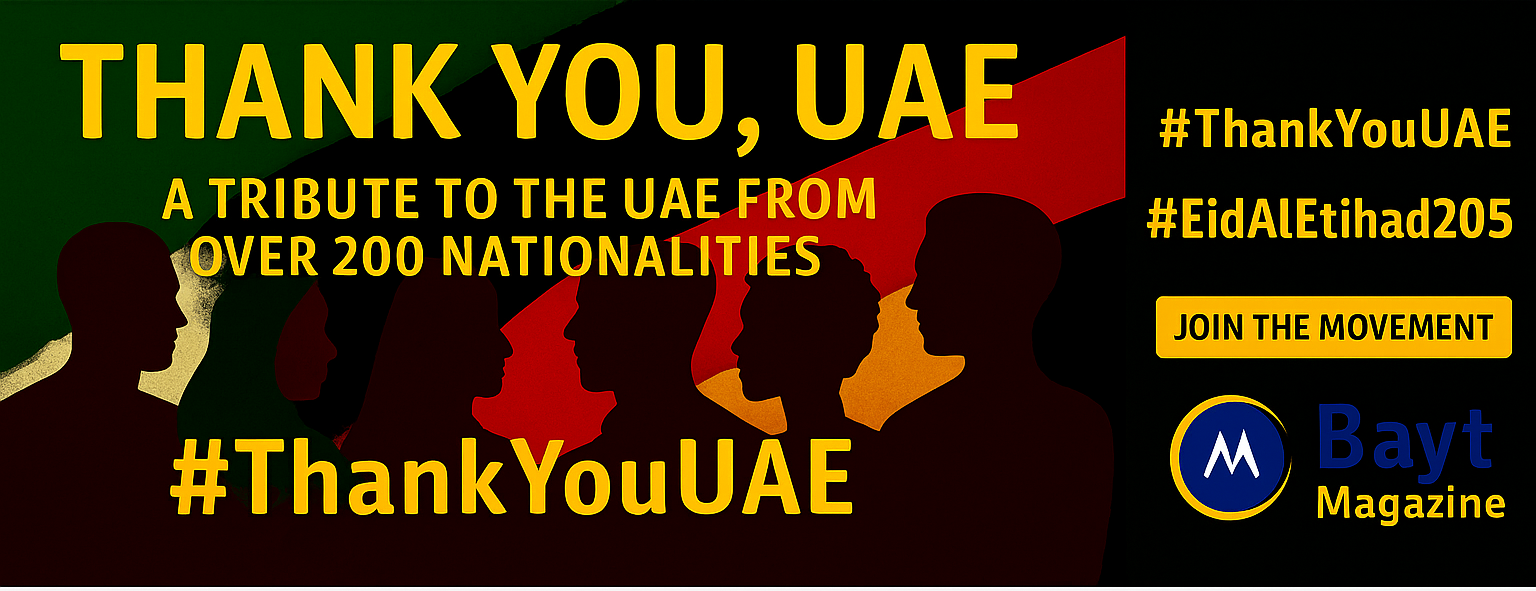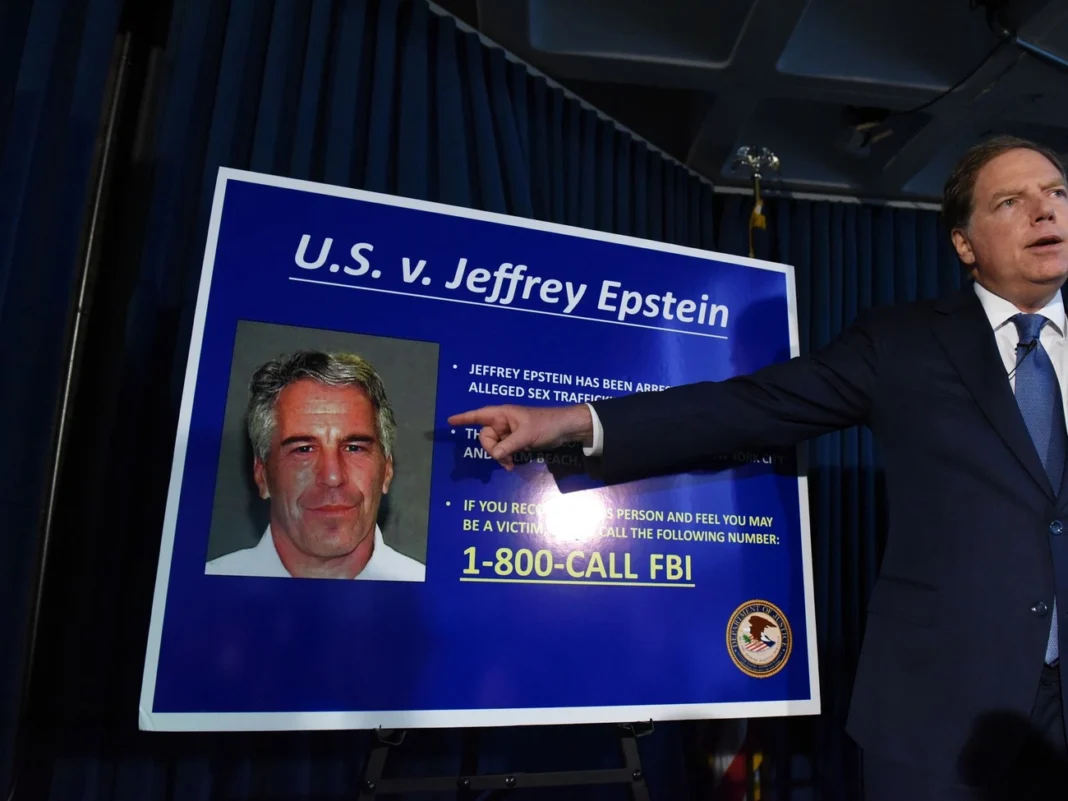The Trump team’s approach to Epstein files took a dramatic turn after Trump learned he was mentioned in them. Trump’s administration made bold promises about sharing all Epstein-related documents at first. Their stance completely changed after Pam Bondi briefed Trump in May. The push to minimize Epstein conspiracy theories and back away from earlier transparency promises started on May 18.
Everything started when courts released about 950 pages of documents in January 2024. These papers named people connected to Epstein. Public interest surged, and the administration’s message changed from openness to denial and diversion. Trump openly admitted he would use attacks on the former president to divert reporters’ attention from negative coverage. A new Quinnipiac poll shows that most voters don’t like how Trump’s administration handled the Epstein files. This includes more than a third of Republican voters. The Department of Justice’s July memo found “no incriminating ‘client list'”. Many still wonder what caused such a big change in the administration’s position.
Trump Promises Full Epstein Disclosure in Early 2024
Image Source: ABC News – The Walt Disney Company
“”Yeah, yeah, I would.”” — Donald J. Trump, 45th President of the United States
Trump’s 2024 presidential campaign featured repeated hints about exposing powerful figures through Jeffrey Epstein-related documents. These promises became a key part of his administration’s early agenda after returning to office. His base just needed answers about the disgraced financier’s connections to elite circles.
Pam Bondi claims files are ready for review
Attorney General Pam Bondi made a shocking announcement during a Fox News interview in February 2025. She claimed Epstein’s alleged “client list” was “sitting on my desk right now to review”. Trump supporters got excited immediately as they waited for revelations about Epstein’s associates.
Bondi stood firm on these claims. She told Fox on March 1 that Americans would “get the full Epstein files.” She mentioned they would only redact content to “protect grand jury information and confidential witnesses”. The Department of Justice received a new “truckload of evidence” from the FBI days later. She added that “everything’s going to come out to the public”.
The story took a dramatic turn in April. Bondi told reporters there were “tens of thousands of videos of Epstein with children or child porn”. This shocking statement came after a woman with a hidden camera asked her about the files’ release at a restaurant.
Trump vows 100% transparency on Epstein documents
The president made several public commitments about the Epstein case. Trump gave a clear answer in the Oval Office on April 22 about the files’ release. He stated that “100% of all of these documents are being delivered”.
Trump had made similar promises before. He appeared on “Fox & Friends” in June 2024 and responded to questions about declassifying the Epstein files: “Yeah, yeah, I would. I guess I would”. Later on Lex Fridman’s podcast, Trump found it “very interesting” that names of people who visited Epstein’s private island stayed private. He added: “It probably will be [made public], by the way, probably”.
The message of transparency came from multiple administration officials in early 2025. FBI Director Kash Patel and Vice President JD Vance supported this stance.
Influencers receive binders labeled ‘Epstein Files: Phase 1’
The administration hosted a social-first event on February 27. They invited about 15 right-wing social media influencers to the White House. Bondi handed them binders with dramatic labels reading “The Epstein Files: Phase 1”.
Jack Posobiec, a conservative podcaster at the event, described seeing “contacts” and “flight logs.” He suggested they would get “more and more pieces of this”. Another influential guest, Liz Wheeler, left thinking these materials might be “the first step toward finally getting to the bottom of the deceased sex offender’s elite inner circle”.
The initial excitement faded quickly into disappointment. The binders had old material that “been previously leaked but never released in a formal capacity by the U.S. Government”. Rep. Anna Paulina Luna, who leads the House Oversight Committee’s Task Force on the Declassification of Federal Secrets, criticized this selective release. She demanded: “GET US THE INFORMATION WE ASKED FOR instead of leaking old info to press”.
MAGA supporters later saw this episode as the start of broken promises about the Epstein files. The administration’s stance on transparency would change drastically in the following months.
Trump Learns His Name Appears in Epstein Files
Image Source: ABC News – The Walt Disney Company
The administration’s handling of the Epstein case reached a turning point during a closed-door meeting that led to a most important policy shift on transparency.
Pam Bondi briefs Trump in May
President Trump learned from Attorney General Pam Bondi that his name appeared in the Jeffrey Epstein files during a May briefing about the case’s re-examination. Deputy Attorney General Todd Blanche also attended the meeting, which covered several topics beyond the Epstein matter.
Bondi and Blanche, Trump’s former lawyers, revealed to the president that his name and other high-profile figures appeared in previously unreleased documents connected to the Epstein investigation. This insight shows what happened inside the West Wing at a time the administration didn’t deal very well with backlash from supporters who felt deceived by campaign promises about file disclosures.
DOJ finds unsubstantiated claims with Trump
Justice Department’s review showed the files contained several unproven claims about Trump that investigators found not credible. The context of Trump’s name’s appearance remains unclear.
This discovery added little to our understanding of Trump’s connections to the late sex offender. Trump’s name had already appeared in publicly available documents from the investigation. He maintained a friendship with Epstein until what Trump calls a falling-out in the early 2000s. The situation became clearer after Bondi distributed binders about the Epstein files at the White House in February, which contained phone numbers of the president’s family members, including his daughter.
Bondi and Blanche released a joint statement: “As part of our routine briefing, we made the president aware of the findings. Nothing in the files warranted further investigation or prosecution”.
Trump later denies being told about his inclusion
Trump’s subsequent public statements contradicted what happened in the May meeting. Trump told ABC News on July 15, “No, no. She’s given us just a very quick briefing” after they asked if Bondi had informed him about his name in the documents. He also made unfounded claims that his political opponents created the files.
The White House responded inconsistently to media questions. They first called the Wall Street Journal’s reporting “fake news”. Notwithstanding that, a White House official later told Reuters they weren’t denying Trump’s name appeared in some files, noting his inclusion in materials Bondi prepared in February for conservative influencers.
White House Press Secretary Karoline Leavitt directed questions about further action on the Epstein case to the Department of Justice, saying Trump had no knowledge of unreleased information. White House spokesperson Steven Cheung avoided answering whether Trump knew, stating instead: “The fact is that the President kicked him out of his club for being a creep”.
Administration Begins Downplaying Epstein Case
Image Source: Axios
The administration’s messaging about the Epstein case went through a dramatic change in mid-May. This marked the start of a strategic retreat from earlier promises of transparency.
May 18: FBI officials reverse stance on Epstein’s death
Trump learned his name appeared in the files. Soon after, FBI Director Kash Patel and Deputy Director Dan Bongino made a joint appearance on Fox News. They surprised everyone by dismissing long-standing conspiracy theories about Epstein’s death. “You know a suicide when you see one — and that’s what that was,” stated Patel definitively. Bongino backed this view and said, “He killed himself. I’ve seen the whole file. He killed himself”.
Their declaration stood out because both officials had promoted such conspiracy theories before joining the FBI. MAGA supporters on social media reacted with immediate backlash. Bongino later announced he would release video footage from the Metropolitan Correctional Center to prove Epstein died by suicide.
Bondi’s earlier claims of ‘tens of thousands of videos’ are walked back
The spotlight turned to Bondi’s dramatic April claim about “tens of thousands of videos” of Epstein “with little kids”. Lawyers involved in Epstein and Maxwell cases couldn’t make sense of these claims. Maxwell’s attorney Jeffrey Pagliuca said, “We were never provided with any of those materials. I suspect if they existed, we would have seen them”.
Patel contradicted Bondi during his appearance on Joe Rogan’s podcast. The host asked whether videos existed of powerful figures committing crimes with Epstein. Patel’s response was simple: “Exactly” – confirming they did not. The Justice Department stayed silent when asked to clarify what Bondi had referenced.
DOJ memo says no credible evidence or client list exists
A two-page DOJ memo released on July 7 dismantled the conspiracy theories the administration had previously fueled. The memo stated clearly that their “systematic review revealed no incriminating ‘client list'” and found “no credible evidence” of Epstein blackmailing prominent individuals. The document also confirmed Epstein’s suicide, pointing to video footage that showed nobody entered his cell area from 10:40 pm on August 9 until around 6:30 am the next morning.
The memo promised “maximum information” about Epstein but concluded that “no further disclosure would be appropriate or warranted”. A Reuters/Ipsos poll later showed that most Americans – more than two-thirds – believed the Trump administration was hiding information about Epstein’s clients.
Trump Shifts to Distraction and Denial Tactics

Image Source: Politico
“”I mean, the Steele dossier was a total fake, right? It took two years to figure that out for the people, and all of the things that you mentioned were fake.”” — Donald J. Trump, 45th President of the United States
Trump launched a complex strategy to divert public attention as his administration faced heavy criticism over the Epstein case.
Trump attacks media and Democrats over Epstein coverage
Trump branded the whole ordeal “the Jeffrey Epstein Hoax” and claimed it was “perpetrated by the Democrats” as criticism grew stronger. His July statement labeled it “another Russia, Russia, Russia Hoax” and a “Democrat CON JOB”. The president baselessly accused former President Obama of committing “treason” after someone asked him about Epstein.
Social media posts focus on unrelated topics like Coca-Cola and NFL
Trump posted about almost anything except Epstein as pressure mounted. He packed a single Sunday with celebrating poll numbers, asking the Washington Commanders to reclaim their old name, and sharing a fake video of Obama being arrested. The president even claimed Coca-Cola would switch to “REAL Cane Sugar”. The company quickly released a statement defending its use of corn syrup.
Trump calls Epstein case a ‘hoax’ and lashes out at supporters
Trump’s relationship with his base took an unexpected turn. He called his formerly loyal supporters “weaklings” who had “bought into this ‘bull****,’ hook, line, and sinker”. “I don’t want their support anymore!” he declared in a harsh Truth Social post. This unusual attack created a rift between Trump and prominent MAGA influencers who just needed answers about Epstein’s connections.
Public and Political Fallout Intensifies
Image Source: CNN
Trump’s political base cracked for the first time during his presidency due to his administration’s reversal on Epstein transparency.
MAGA influencers criticize Bondi and Trump
Major MAGA voices challenged the administration’s stance on the Epstein files directly. Liz Wheeler used her platform to “lambaste Bondi and accuse her of misrepresenting the Epstein files to gain fame” and demanded her removal. The criticism spread further when Stephen K. Bannon, Tucker Carlson, and Candace Owens voiced their concerns. Owens raised a pointed question that resonated with many: “Who is Trump protecting?”.
Polls show declining trust in administration’s handling
Public trust plummeted according to multiple surveys. Quinnipiac University’s July 16 poll showed 63% of voters disapproved of how the administration handled the Epstein affair, while only 17% approved. Republican voters remained split – 40% approved and 36% disapproved. The public demand transparency became clear when a CBS/YouGov poll revealed 90% of Americans wanted the government to release all Epstein information. Reuters/Ipsos polling confirmed this sentiment, showing 69% of people believed the government concealed information about alleged clients.
Trump orders limited release of grand jury testimony
Trump responded to the mounting pressure by directing Bondi to “produce any and all pertinent Grand Jury testimony, subject to Court approval”. His gesture lost credibility when he wrote that “nothing will be good enough for the troublemakers”. A Florida judge’s subsequent denial of the request sealed the matter.
The Trump administration’s documented timeline about the Epstein files shows a clear pattern of reversal. Their stance changed from promising “100% transparency” to calling it a “hoax” right after the May briefing. Trump learned his name appeared in unreleased documents at that time. This sudden turnaround raises important questions about the administration’s real dedication to openness.
The public responded negatively. Most Americans think the government still hides information about Epstein’s associates. Nearly two-thirds reject how the administration handled the situation. The unprecedented split in Trump’s base shows the political price of broken promises, especially when you have a case that grabbed such intense public attention.
Their tactics didn’t work. Deflection, denial, attacking supporters, and changing topics from Coca-Cola to football team names couldn’t hide their retreat from earlier transparency promises. Trump ordered a limited release of grand jury testimony after facing heavy criticism. A Florida judge rejected this attempt later.
This story highlights the clash between campaign promises and real-life governing. The Epstein case gave the administration a simple choice between transparency and self-preservation. The evidence suggests personal interests won over public disclosure once the president discovered his potential mention in the documents. Without doubt, this episode shows how fast policy positions can flip when political stakes change.






